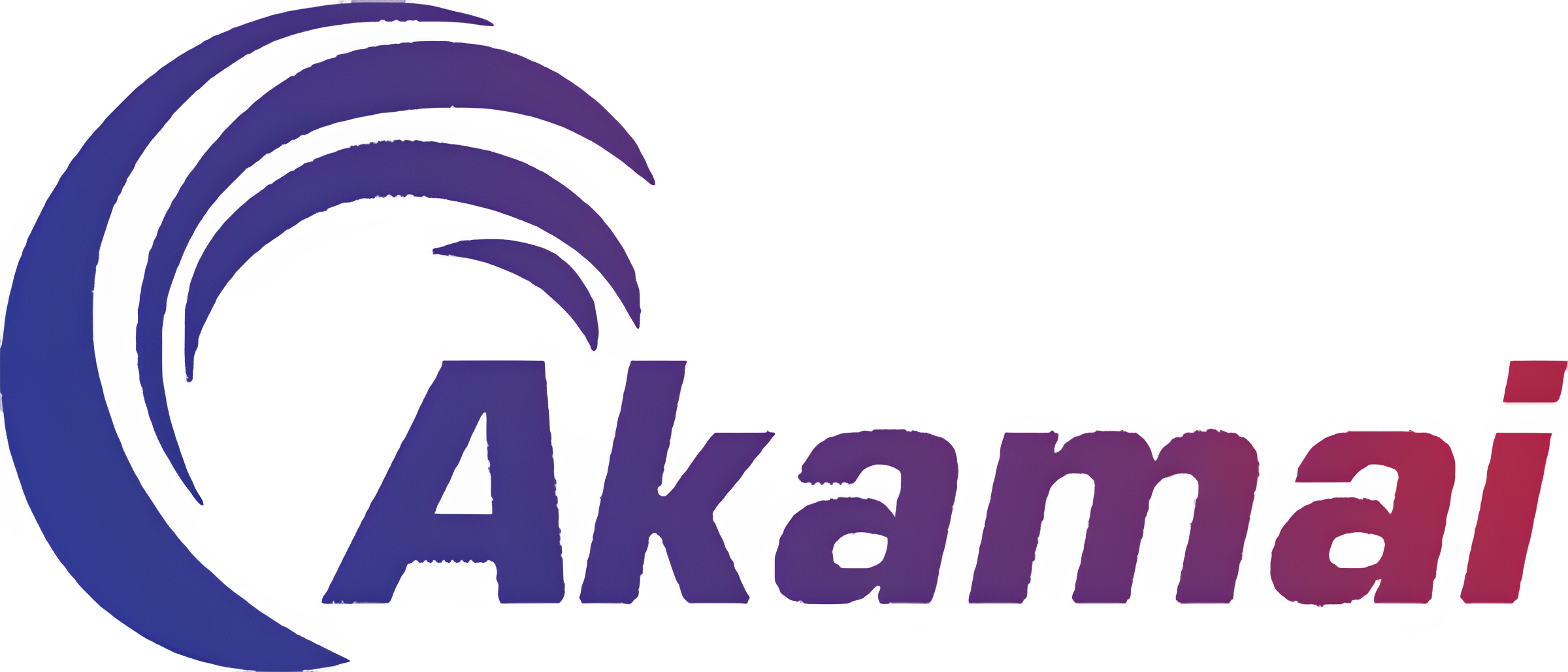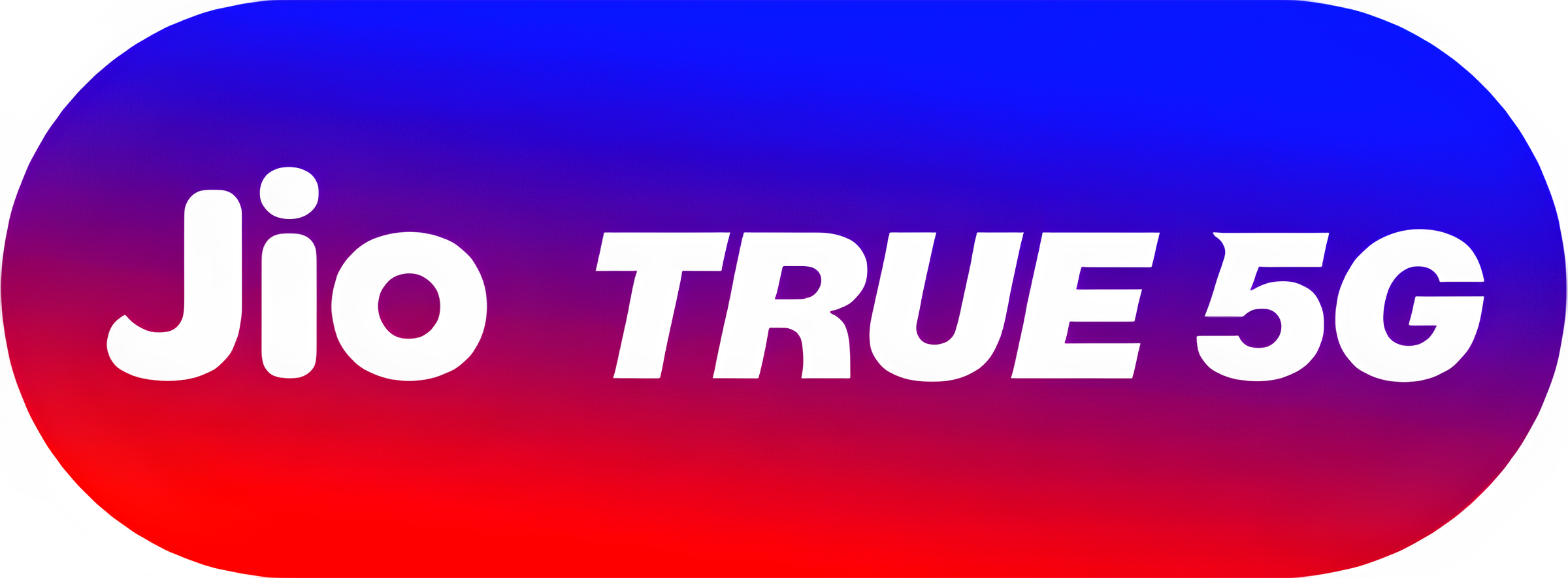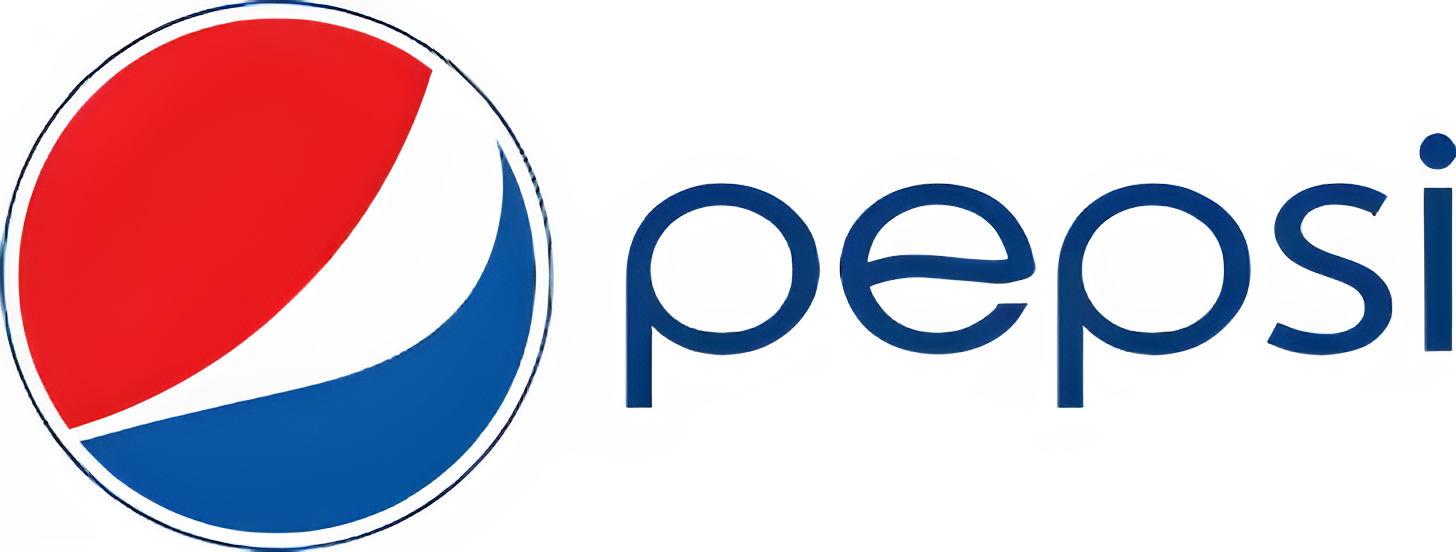Custom Recipe App Development for Food Bloggers and Chefs

In the age of smartphones and digital media, food lovers increasingly turn to mobile apps for recipe inspiration, precise cooking instructions, and community engagement. For food bloggers and professional chefs, a custom recipe app is not just a convenience—it’s a brand-building tool that showcases unique culinary creations and fosters deeper connections with followers. Unlike generic recipe platforms, a tailored app can reflect a blogger’s voice, style, and visual identity, offering a seamless experience from browsing to cooking. At Dinoustech Private Limited, recognized as a best software development company and best mobile app development company, we specialize in crafting bespoke solutions that capture a chef’s creative essence. By collaborating with an affordable web designing company for intuitive visuals and leveraging our expertise as a custom website development company, we ensure that each recipe app is both functional and delightful. In this blog, we’ll explore the essential features, design considerations, technology stack, and long-term maintenance strategies needed to build a standout custom recipe app for food bloggers and chefs.
Why Food Bloggers and Chefs Need a Custom Recipe App
Food bloggers and chefs rely on personal branding to cultivate loyal audiences. A well-designed website and social media presence serve as foundational touchpoints, but a dedicated mobile app takes engagement to the next level. With an app, chefs can send push notifications for new recipes, flash sales on cooking workshops, or exclusive video tutorials. Unlike third-party platforms that impose layout limitations, a custom app enables complete control over presentation—font choices, color palettes, and interactive elements—reinforcing the creator’s unique style. Moreover, chefs can gather user data, such as favorite recipe categories or shopping habits, enabling personalized recommendations and targeted promotions. This level of insight helps bloggers optimize content strategy, grow subscriber lists, and ultimately monetize their culinary expertise more effectively.
For professional chefs managing multiple kitchens or cooking classes, an app can streamline operations by integrating scheduling features, online booking for cooking sessions, and direct messaging with followers. By offering in-app purchases—like downloadable e-cookbooks, merchandise, or premium video content—chefs unlock new revenue streams. With a custom recipe app, bloggers and chefs become less reliant on third-party platforms that may change algorithms or policies without warning. Instead, they own the user relationship, control the user experience, and cultivate a sustainable digital community. Dinoustech’s role as a best software development company ensures that these business objectives translate seamlessly into a technical blueprint that balances scalability, security, and usability.
Core Features of a Custom Recipe App
A custom recipe app must cater to both the end user—the cooking enthusiast—and the content creator—the chef or blogger. At its core, the app should include a robust recipe database, with categories that reflect diverse cuisines, dietary preferences, and cooking skill levels. Detailed recipe pages feature high-resolution images, step-by-step instructions, ingredient lists with adjustable portion sizes, and helpful tips. Interactive elements—such as timers that sync to each recipe step or voice-guided cooking instructions—enhance the hands-free cooking experience.
Search and filtering capabilities are essential. Users should be able to search by ingredient, cuisine, dietary restriction, or cooking time. Advanced filters might include preparation complexity or nutritional value, enabling health-conscious audiences to find suitable recipes quickly. A “favorites” or “bookmark” feature lets users save preferred recipes for offline access, while social sharing buttons encourage them to post culinary creations to Instagram, Facebook, or Pinterest.
For chefs and bloggers, a content management system (CMS) integrated into the app’s backend allows easy recipe publication and updates. Through a CMS dashboard—built by a custom website development company—creators can add new photos, edit ingredients, or adjust cooking instructions in real time, without waiting for app store approvals. Push notifications, another vital feature, ensure that followers are promptly informed about new content, live cooking sessions, or limited-time offers.
User-generated content further enriches the app. Comment sections, user ratings, and photo uploads establish a sense of community, motivating both chefs and bloggers to engage with their audience directly. Integrating a user profile system lets individuals track their cooking achievements, store dietary preferences, and receive personalized recommendations based on past activity. Dinoustech’s development teams, qualified as a best software development company, build these features with robust data structures and responsive designs to ensure smooth performance across devices.
Designing an Intuitive User Experience
User experience (UX) and user interface (UI) design significantly influence an app’s success. An affordable web designing company collaborating with Dinoustech ensures that the app presents a clean, visually appealing interface while remaining accessible to a diverse audience. The onboarding process should be seamless: new users can sign up via email or social media accounts, instantly accessing the full suite of features. An optional tutorial walkthrough highlights core functionalities—like searching recipes, adjusting serving sizes, and reading step-by-step instructions—so users start cooking right away.
Color schemes should reflect the chef’s brand aesthetic, using accent colors that evoke appetite—warm reds, oranges, or earthy neutrals—while maintaining sufficient contrast for readability. High-quality photos and short video clips are critical in food apps; they must be optimized for quick loading without compromising resolution. Ingredient lists appear in large, legible fonts, and interactive checkboxes allow users to track which steps are complete. Responsive design ensures that text and images reflow gracefully on various screen sizes, from older Android devices to the latest iPads.
For chefs with multiple stores or live cooking classes, the event calendar should integrate seamlessly into the app’s main navigation. Users tapping “Live Classes” see upcoming sessions, ticket prices, and reservation buttons without leaving the app. Dinoustech’s UI/UX experts conduct usability testing with target demographics—avid home cooks, professional chefs, and food influencers—to identify and remedy any friction points. By refining each touchpoint, the app becomes intuitive and enjoyable to navigate, encouraging repeated use.
Technology Stack for a Custom Recipe App
Selecting the right technology stack is crucial for balancing performance, maintainability, and scalability. On the frontend, many modern apps employ React Native or Flutter for cross-platform development, enabling simultaneous deployment to iOS and Android with a single codebase. Doing so reduces development time and ensures feature parity across platforms. For web dashboard components—where chefs and bloggers manage recipes—React.js or Angular provide responsive, dynamic interfaces that work seamlessly in desktop browsers.
The backend typically leverages Node.js (with Express) or Python (Django) frameworks to power RESTful APIs. These APIs handle user authentication, recipe data retrieval, user-generated content, and push notification workflows. A microservices architecture allows independent scaling of critical components, such as the AI-powered suggestion engine or the real-time chat for Q&A sessions, without affecting the entire system. Containerization with Docker and orchestration via Kubernetes ensures high availability during traffic spikes, such as when a celebrity chef publishes a new recipe.
For data storage, a NoSQL database like MongoDB accommodates flexible schema designs—storing recipe ingredients, step-by-step details, user comments, and ratings as JSON documents. A relational database like PostgreSQL can complement this setup by handling structured data such as user accounts, subscription tiers, and payment history. Integration with cloud storage services (AWS S3 or Google Cloud Storage) stores media assets—recipes’ images and video clips—in a cost-effective, scalable manner.
Implementing AI-driven features, such as personalized recipe suggestions, relies on machine learning models deployed in a hybrid approach. Pre-trained NLP models analyse user preferences and trending ingredients, while collaborative filtering algorithms recommend recipes based on similar users’ interactions. These models can run on serverless functions (AWS Lambda or Google Cloud Functions), ensuring they scale automatically without requiring manual provisioning. Finally, user authentication and security rely on OAuth2, JWT tokens, and encryption protocols like TLS/SSL. By partnering with the best software development company, businesses can rest assured that these technologies integrate seamlessly, delivering both speed and security.
Integrating AI for Personalized Suggestions
One of the most appealing aspects of a modern recipe app is its ability to provide personalized, AI-driven suggestions. Instead of simply browsing categories, users receive tailored recommendations based on their cooking history, dietary restrictions, and explicit preferences. For example, if a user often saves vegan recipes with a citrus flavor profile, the AI engine surfaces new vegan dishes that emphasize lemon or orange zest. Over time, as the user tries more recipes, machine learning algorithms refine suggestions, improving relevance and satisfaction.
The AI component relies on a combination of natural language processing (NLP) and collaborative filtering. NLP models analyze recipe titles, ingredient lists, and user-submitted notes to understand semantic relationships, grouping recipes by similarity in style or complexity. Collaborative filtering, on the other hand, examines user behavior patterns—such as saved recipes or rated dishes—to infer preferences. Together, these systems create a hybrid recommendation engine that balances content-based and user-based insights.
Implementing AI features requires training models on diverse recipe datasets, which include metadata—cuisine type, cooking time, and nutritional information. As more users engage with the app, additional data streams are added, enabling continuous model retraining. Regular updates ensure that the app adapts to seasonal trends, like pumpkin spice in autumn, while still catering to individual tastes. Dinoustech’s data scientists and backend engineers work closely to optimize model performance, ensuring fast inference times so users see personalized suggestions in milliseconds.
Designing a Robust Content Management System
Behind every great recipe app lies a powerful content management system (CMS). Chefs and food bloggers need an easy way to create, edit, and organize recipes without touching code. A custom CMS enables content creators to upload ingredients, step-by-step instructions, high-resolution images, and instructional videos. Tags and metadata fields—like cuisine type, dietary restrictions, and cooking difficulty—help categorize recipes for efficient user search.
Many chefs prefer to schedule recipe releases, particularly those with large followings who expect weekly or monthly content drops. The CMS should support scheduled publishing, allowing content to go live at predefined times. Version control ensures that if a chef makes a mistake, say, a missing ingredient, the team can roll back to a previous version quickly.
The CMS also handles user-generated content moderation. When users comment, rate recipes, or upload their own food photos, the system flags inappropriate content for review. Automated filters detect common issues—spam, profanity—and send suspicious entries into a moderation queue. This keeps the community safe and focused on culinary creativity.
A complementary web portal—designed by an affordable web designing company—provides chefs with desktop access to manage large batches of recipes more efficiently. Bulk import and export features allow migration from existing platforms or syncing with social media channels. Dinoustech’s development teams build this CMS with scalability in mind, using microservices and API-driven architectures so additional features, like integration with e-commerce for ingredient sales, can be added easily.
UX/UI Best Practices for Recipe Apps
Delivering a visually compelling user interface is essential to keep users engaged. Working with an affordable web design company, Dinoustech’s UX/UI experts emphasize a clean, minimalistic layout that showcases vibrant food photography and concise instructions. The use of whitespace around images and text improves readability, while large, tappable buttons accommodate one-handed use in the kitchen.
A recipe detail page might feature collapsible sections for ingredients and steps, preventing the screen from feeling cluttered. Interactive elements—such as pinch-to-zoom on food images—ensure users can see close-up details. A “Hands-Free Mode” toggles voice-guided instructions, allowing chefs to navigate steps without touching their phones.
Accessibility considerations ensure that color contrast meets WCAG standards and that screen readers can navigate the app effectively. Font sizes adjust automatically based on device settings, ensuring readability for users with visual impairments. Error prevention mechanisms—like inline validation for numeric fields (e.g., cooking time or ingredient quantities)—reduce user frustration.
By conducting extensive usability testing with both novice home cooks and professional chefs, Dinoustech’s design teams iterate on prototypes until the interface feels intuitive, visually appealing, and supportive of the entire cooking process.
Ensuring Scalability and Performance
As a recipe app gains popularity, it must handle increasing traffic, especially when a well-known chef releases a seasonal collection or a high-profile influencer shares a link. Dinoustech’s engineering teams employ cloud-native architecture to ensure autoscaling capabilities. Containerized services—managed by Kubernetes—allow the platform to scale out horizontally under load, distributing tasks like image processing, AI inference, and push notifications across multiple nodes.
Caching frequently accessed data, such as popular recipes or homepage feeds, with Redis or Memcached reduces database load and accelerates response times. A content delivery network (CDN) ensures that high-resolution images and videos load quickly, even for users in remote regions. Performance monitoring tools—New Relic, Datadog, or Prometheus—provide real-time insights into API latencies, server CPU usage, and memory consumption, enabling proactive optimization.
Implementing database sharding or read replicas for the relational database prevents bottlenecks when multiple users request data simultaneously. As user data grows—tracking saved recipes, user preferences, and ratings—the data storage layer must expand seamlessly. Dinoustech’s DevOps specialists configure automated backups and disaster recovery protocols, ensuring minimal downtime in case of hardware failure or data corruption.
Role of Maintenance and Support
Launching a custom recipe app marks the beginning of a long-term commitment to quality and innovation. As a best software maintenance company, Dinoustech provides ongoing support to keep the app secure, compatible with new OS versions, and aligned with evolving user expectations. Regular security patches address vulnerabilities in third-party libraries and frameworks. Continuous performance testing identifies regressions that may arise from feature additions or infrastructure changes.
User support channels—such as in-app chat, email, or a dedicated help center—resolve issues promptly. Analytics-driven feature enhancements—guided by data on user behavior, engagement metrics, and feedback—ensure the app remains relevant. For example, if data indicates that users frequently abandon recipes at step three, the team investigates whether instructions need clarification or images require updating.
Periodic UX reviews assess whether new user segments—such as international markets—need localization features, like multi-language support or regional recipe variations. Dinoustech’s maintenance teams deliver these updates through CI/CD pipelines, minimizing deployment friction and ensuring that new code passes automated testing before reaching production.
Monetization and Growth Strategies
A successful recipe app must balance user value with sustainable monetization. Freemium models grant basic access—browsing and saving a limited number of recipes—while premium subscriptions unlock advanced features, such as AI-driven meal planning, grocery list generation, and ad-free experiences. In-app purchases can include premium recipe packs from celebrity chefs or exclusive cooking tutorials.
Affiliate partnerships with grocery delivery services allow users to add ingredients directly to their shopping cart, earning the app a commission on referrals. Sponsored content—branded recipes or ingredient highlights—generates additional revenue, provided it aligns with user interests. Advertising through non-intrusive banner ads or short video snippets (e.g., a chef recommending a kitchen gadget) can supplement income without detracting from the cooking experience.
Growth strategies involve leveraging social media influencers, hosting cooking challenges, and facilitating community-driven recipe contests. By offering branded “whitelabel” versions to culinary schools or corporate wellness programs, the app can expand into B2B markets. Dinoustech’s marketing experts collaborate with clients to design campaigns that highlight core value propositions—like AI-powered customization and community engagement—driving user acquisition and retention.
Choosing the Right Development Partner
Developing a robust, scalable, and user-friendly recipe app demands a qualified partner with end-to-end expertise. As a custom website development company, Dinoustech can build the accompanying web portal, ensuring consistency between mobile and desktop experiences. Our proficiency as a best mobile app development company allows us to deliver polished, responsive apps for both iOS and Android. Post-launch, as a best software maintenance company, we provide ongoing support to enhance features, fix bugs, and adapt to emerging trends. When collaborating with an affordable web designing company, we ensure that design costs remain reasonable without sacrificing quality.
Dinoustech’s multidisciplinary teams—composed of UX/UI designers, frontend and backend engineers, AI specialists, and DevOps professionals—guide clients through every phase of the project. From initial concept workshops to technology selection and agile development sprints, we keep stakeholders informed and engaged. Our transparent pricing models and iterative development methodology minimize risk and ensure on-time delivery. Whether the goal is to empower a solo food blogger or a global restaurant franchise, Dinoustech’s track record as a best software development company speaks to our ability to transform ideas into winning digital products.
Conclusion
A custom recipe app with AI-powered suggestions is more than a digital cookbook—it’s a comprehensive culinary platform that empowers food bloggers, chefs, and home cooks alike. By integrating advanced features—like personalized recipe recommendations, interactive step-by-step instructions, and real-time community engagement—these apps transform the way users discover and prepare meals. However, building such a solution requires meticulous planning, thoughtful design, and cutting-edge technology.
Partnering with a skilled development team is critical. Contact Dinoustech Private Limited to combine deep technical expertise with a user-first approach. Collaborating with an affordable web designing company ensures intuitive, visually engaging interfaces, while our role as a custom website development company extends the app’s functionality to a seamless web experience. Post-launch, our designation as a best software maintenance company guarantees that the app remains secure, performant, and aligned with evolving user needs.
Whether you’re an established chef looking to scale your brand or a food blogger seeking to deepen engagement, a custom recipe app can elevate your digital presence and foster a loyal community. Embrace innovation, leverage AI-driven insights, and deliver a culinary experience that delights users—one delicious recipe at a time. Reach out to Dinoustech Private Limited to turn your vision into a feature-rich, future-ready recipe platform that stands out in a crowded market.

















